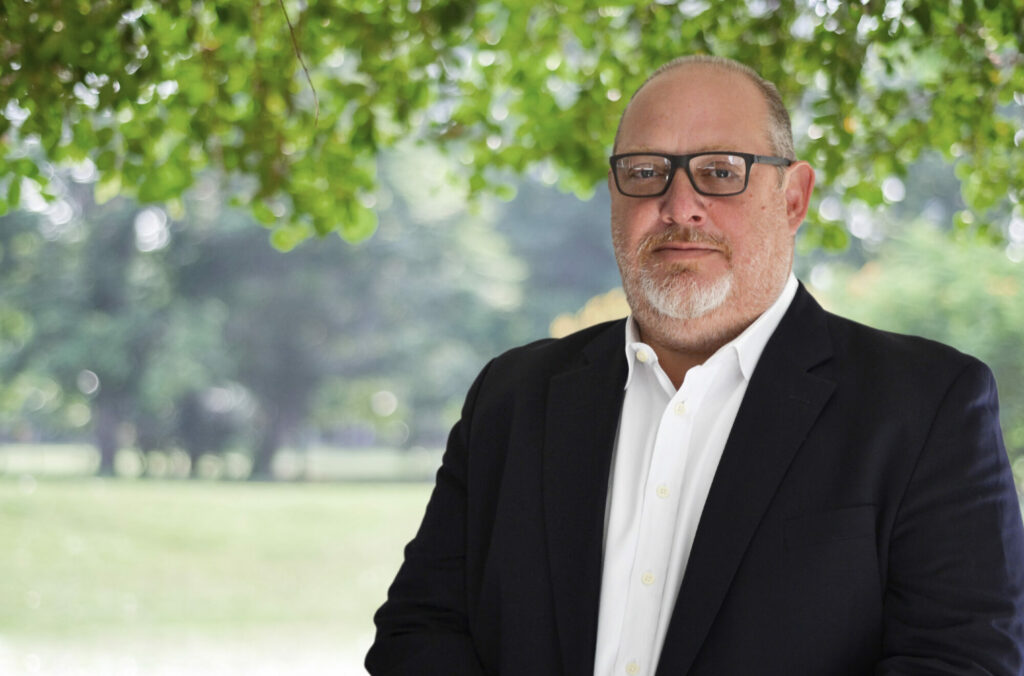Ira Feintuch, Weston’s Market Leader for electric vehicle (EV) charging infrastructure, brings over a decade of expertise in the design, construction, operation, and maintenance of EV supply equipment for public, private, and commercial fleets. He has assisted more than 1,300 commercial clients, including major multifamily owners, sports and entertainment facilities, hospitals, Class A and B retail companies, hotel chains, universities, and mall and parking garage operators. Additionally, he has managed mechanical and software engineering teams to execute strategic EV-related initiatives, ranging from contract negotiations and software roadmaps to deployment and operations, for upwards of 15,000 EV charging stations. With the EV industry poised for exponential growth, Ira continues to cultivate new and existing relationships across sectors to support the electromobility transition and uniquely position Weston as a key provider of EV charging solutions.
What is driving the momentum behind decarbonization strategies?
I believe there are a few factors driving the rapid adoption of decarbonization strategies: social responsibility, energy governance, and evolving business models. Many organizations are true environmentalists and feel the weight of social responsibility to improve the quality of life and the environment, but do they understand what that would take?
Secondly, federal, state, and local entities are establishing mandates and goals for energy governance, backed by financial incentives, to develop and deploy new technologies for a net-zero future. Rebuilding momentum from the American Recovery and Reinvestment Act (2009), the Infrastructure Investment and Jobs Act (2021) and the Inflation Reduction Act (2022) show the federal government’s prioritization of climate-resilient infrastructure and mark historic investments in clean energy. While some might consider government involvement as potentially interfering with private businesses, I view these federal initiatives for climate resilience as a means to spur innovation in the private sector. Ultimately, we can’t achieve ambitious net-zero goals without a public-private partnership; we must continue to work together to find a happy medium.
The third and perhaps most influential factor is around the evolution of the various business models that companies are pursuing; businesses are seeking out ways to drive their growth in the green technology sector while also sustaining them on their own merits, beyond government support. Many are vying for the next new technology or business model, whether that’s a transition to renewable energy, direct air capture (of CO2), energy optimization, etc. But the competition for clean energy assets is largely spurred by a growing profit pool.
Why are these strategies important?
When all three factors converge, they become very powerful in aligning the necessary forces that will help and support the global efforts to decarbonize our economies. We can’t solve the climate crisis without government intervention (through improved regulations) and deep financial support. The last several years have seen a build-up of momentum for global climate action, and we must take advantage of this generational opportunity.
Where do you see the decarbonization and EV infrastructure market headed as it is further developed?
The deployment of EVSE equipment and its associated infrastructure will continue to play an integral role in our efforts to decarbonize, from both an investment and innovation perspective. If you’d asked me 10 years ago whether EVs could provide power to a house, building, or grid, I would’ve looked at you and said, “What planet are you on?” But today, while V2X charging infrastructure (a combination of vehicle to grid, home, and load technologies) is not “mainstream” as of yet, we continue to see increased momentum in this space. This December, the Department of Energy (DOE) announced a second set of companies have signed onto the DOE’s V2X Memorandum of Understanding,1 establishing public-private partnerships to drive “development and commercialization of V2X technologies.”2 These partnerships are crucial for us to meet our electrification and overall decarbonization goals. The integration of solar, battery energy storage systems (BESS), and microgrids, in tandem with the deployment of EV infrastructure, are other supportive mechanisms helping to accelerate decarbonization. Additionally, continued collaboration with utility companies will be crucial to the overall success of the EV infrastructure market, which will further support our decarbonization efforts.
When do you expect we will see more widespread connection of charging stations to local renewable sources and batteries?
Right now, we’re witnessing an increase in installations of BESS and solar canopies at direct current (DC) fast chargers and alternating current (AC) Level 2 chargers across the nation as a result of increasing EV adoption. BESS not only mitigates costly demand charges imposed by local utilities, but also reduces stress on the electrical grid. Charging asset owners and fleet operators are showing a greater commitment to creative solutions for energy storage. I believe that, in order for the business models to be successful for these owner-operators, there needs to be a combination of grid connectivity and alternative energy options. As more industry players begin to leverage the benefits of grid-connected renewable energy systems (e.g., energy and cost efficiencies), the upward trajectory of EVs will continue.
How is Weston using current and emerging technologies to support the EV infrastructure initiatives?
Our approach to EV infrastructure initiatives, at a holistic level, is a very simple one—our customer and his/her needs come first. We have strategically positioned ourselves with leading hardware and software providers, as well as other important market segments (i.e., asset owners, financiers, service and maintenance [S&M] companies, and operations and maintenance [O&M] companies). Our technology-agnostic approach allows us to take advantage of both current and new technologies in the marketplace as innovation continues to be a big driving force.
What Weston strengths do you see that can differentiate us in this market?
Weston has built a reputation upon delivering environmental excellence to our clients. As a one-stop shop for all EV charging needs, we provide the full spectrum of installation services; offer competitive pricing in comparison to our industry peers; and leverage our experience in the federal arena to substantially grow our commercial business, offering significant value to both new and existing customers.
How can Weston’s in-house GIS team support EVSE project life cycles?
This answer ties back into our being a technology-agnostic company. For many of Weston’s service areas, we’ve developed a robust, data-driven team who provides insight to our customers on the metrics most impactful to them and their communities. Our in-house expertise and open dialogue with our customers enable them to run their businesses more efficiently, and hopefully, more profitably.
In the EVSE world, many software companies have created platforms capable of performing a variety of tasks, such as billing users for charging their vehicles, diagnosing chargers with reliability issues, maintaining chargers, load-balancing when necessary, and pulling usage and other data reports to help substantiate reasons EVSE installation. Leveraging those platforms via application programming interfaces (APIs) and integrating them into our internal, client-facing systems will allow us to customize sets of data points to satisfy our customers’ needs.
[1] U.S. Department of Energy, “Memorandum of Understanding to Establish Vehicle-To-Everything Collaboration,” April 20, 2022, 1. https://www.energy.gov/sites/default/files/2022-04/OTT%20V2X%20MOU%20Final%20%281%29.pdf. [1] U.S. Department of Energy, “Department of Energy Announces Additional Signatories to Vehicle-To-Everything Memorandum of Understanding,” December 1, 2022. https://www.energy.gov/technologytransitions/articles/department-energy-announces-additional-signatories-vehicle.

